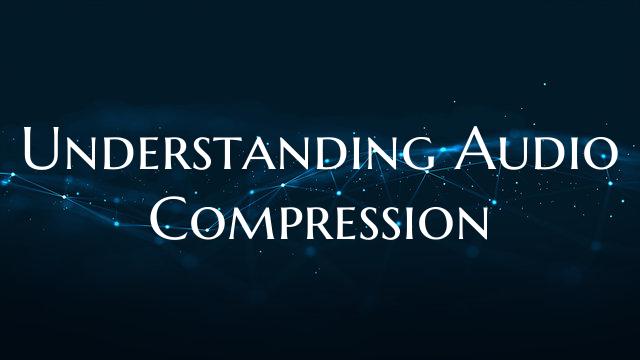Understanding Audio Compression
Audio compression is an essential technique used in the field of audio production and digital music processing. It plays a crucial role in manipulating the dynamic range of audio signals, resulting in more balanced and consistent sound output. By understanding how audio compression works, you can enhance the quality of your audio recordings and make them more professional.
At its core, audio compression is a process that reduces the dynamic range between the loudest and quietest parts of an audio signal. This is achieved by automatically attenuating the audio signal when it exceeds a certain threshold level. By doing so, compression helps to even out the volume levels, making the audio sound more cohesive and pleasant to the ear.
There are two main types of audio compression: downward compression and upward compression. Downward compression is the most commonly used type and involves reducing the volume of loud sounds that exceed a specified threshold. This helps prevent clipping and distortion in the audio signal. Upward compression, on the other hand, boosts the volume of quieter sounds to make them more audible in the mix.
When applying audio compression, it's important to adjust parameters such as threshold, ratio, attack, release, and makeup gain to achieve the desired effect. The threshold determines the level at which compression begins, while the ratio controls the amount of attenuation applied to the signal above the threshold. The attack and release settings dictate how quickly the compression is applied and released, influencing the overall sound of the audio.
In addition to controlling dynamic range, audio compression can also be used creatively to shape the tone and character of a sound. By experimenting with different compression settings, you can add warmth, punch, and presence to your audio tracks, giving them a professional polish.
In conclusion, understanding audio compression is essential for achieving high-quality audio recordings and productions. By mastering the principles of compression and learning how to apply it effectively, you can take your audio projects to the next level and create captivating sound experiences for your audience.

